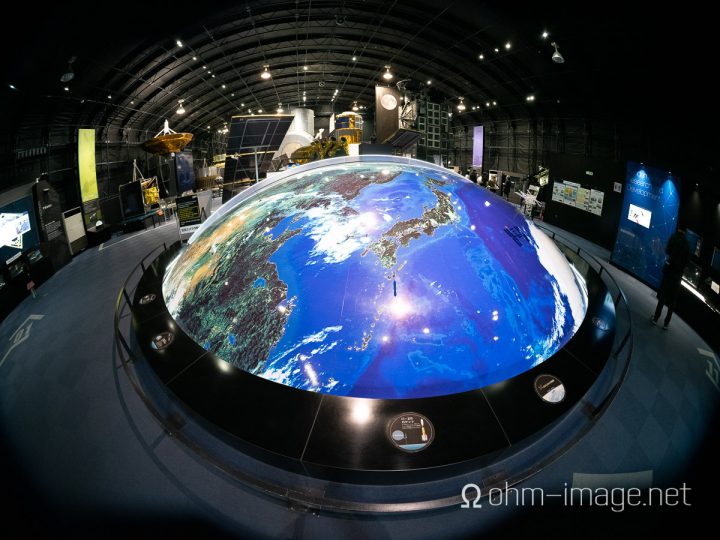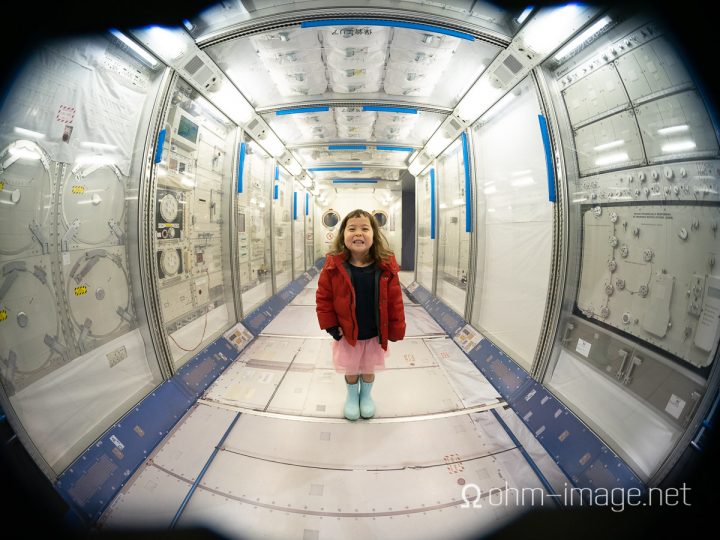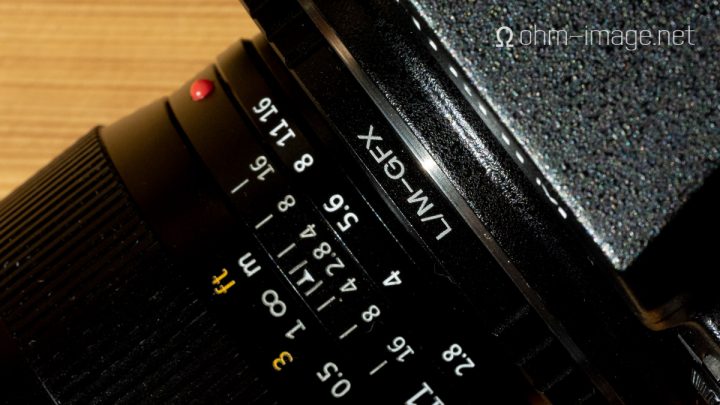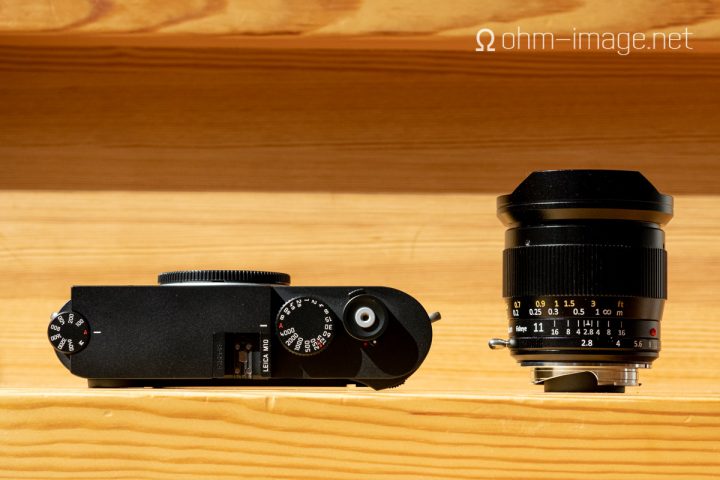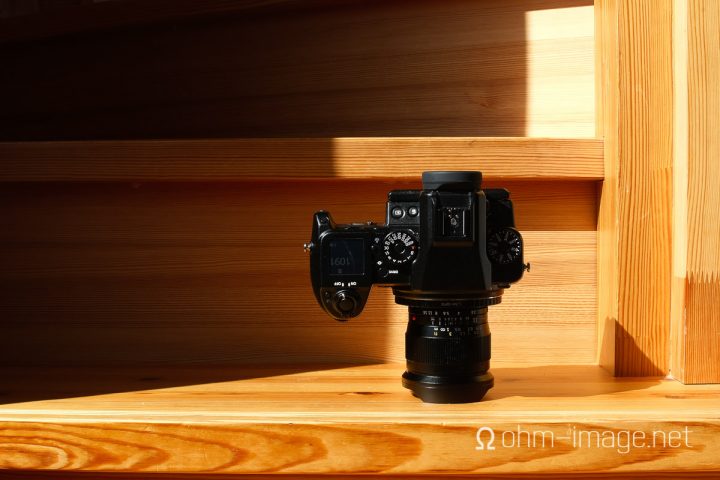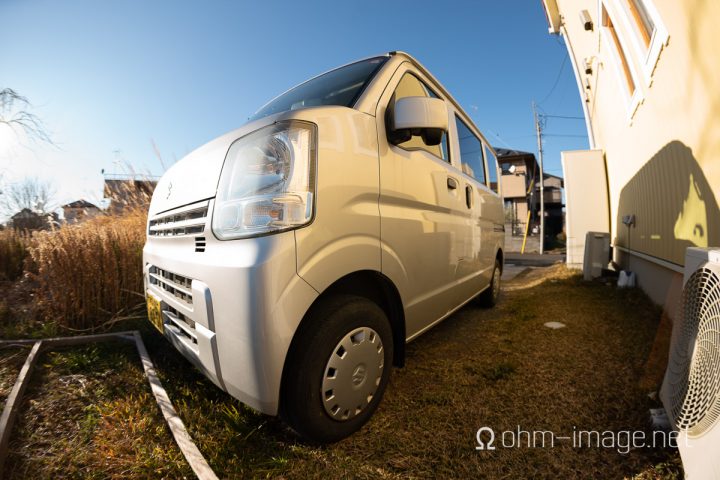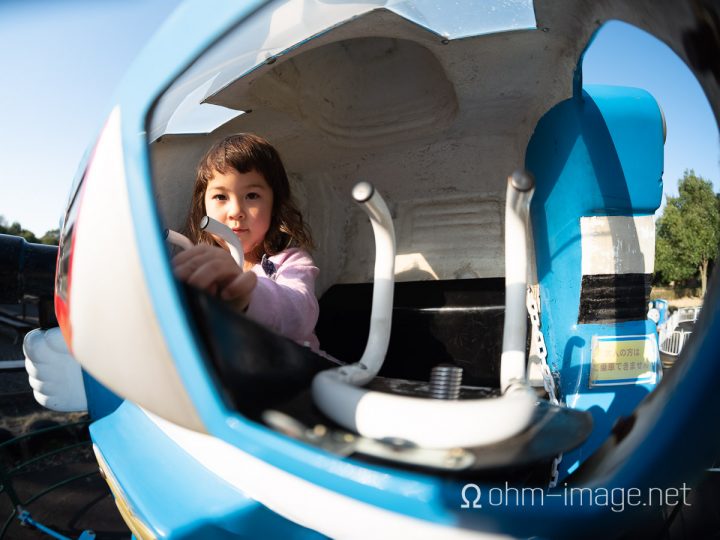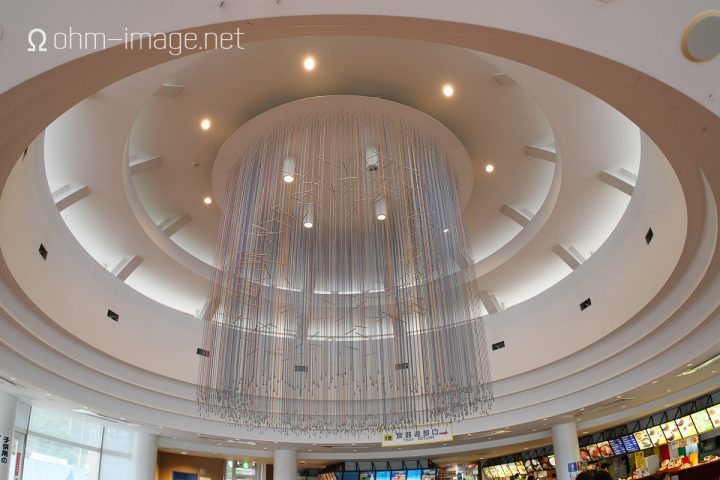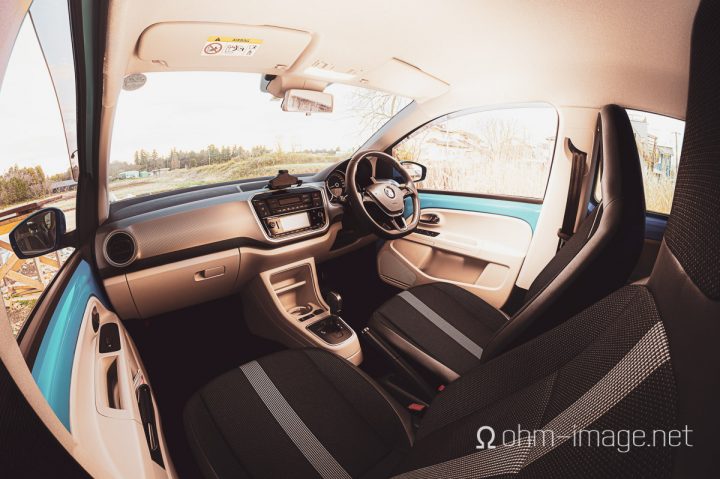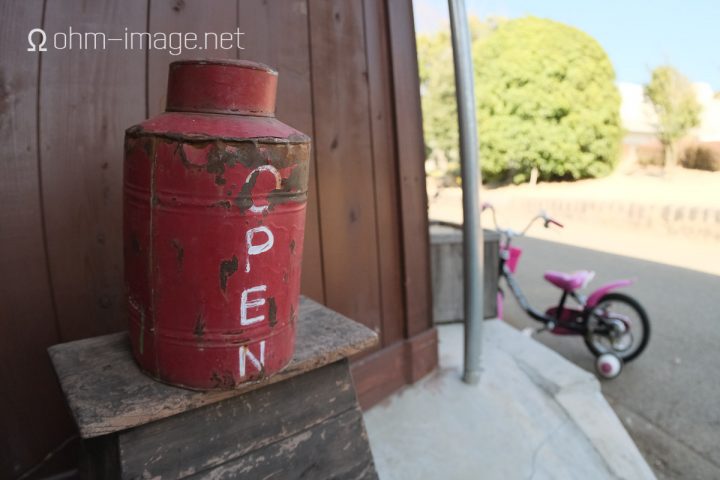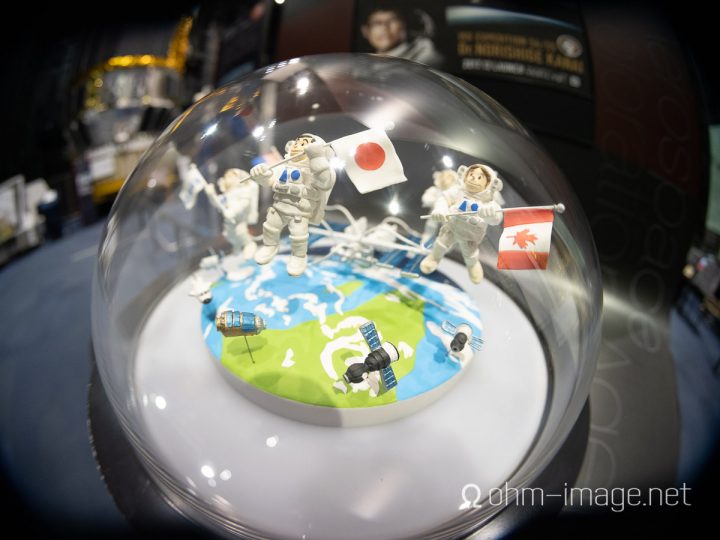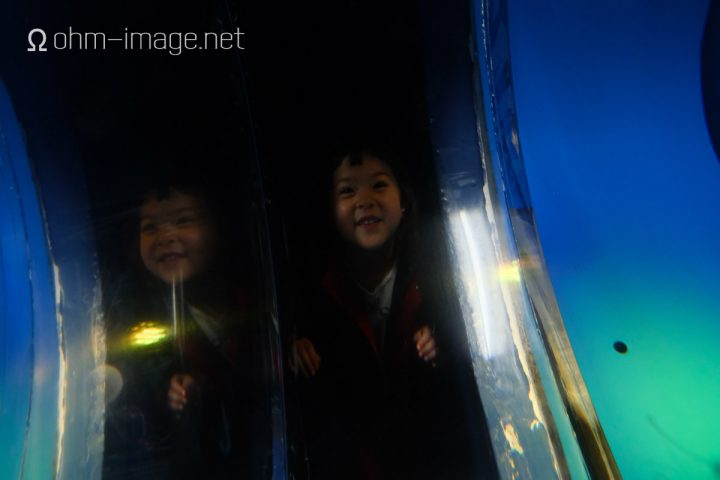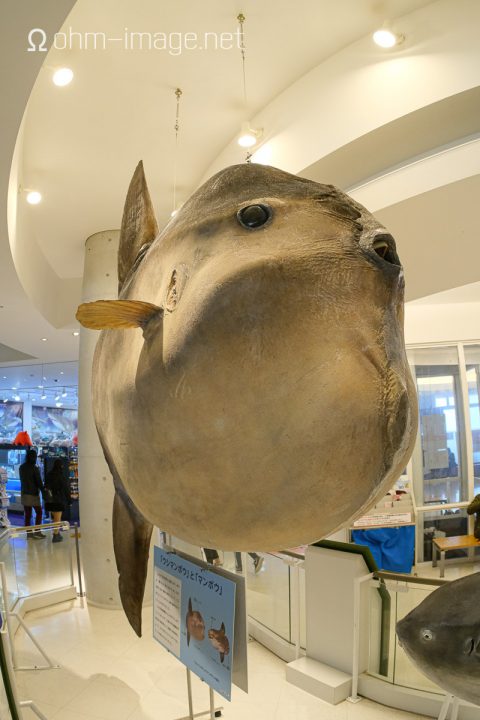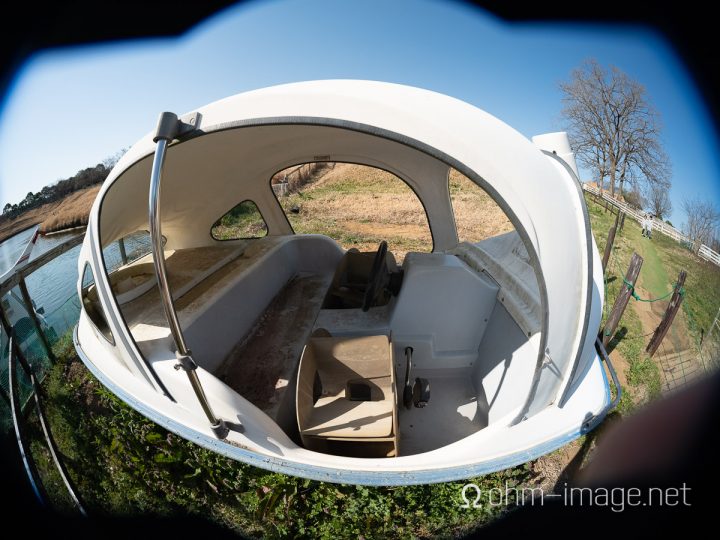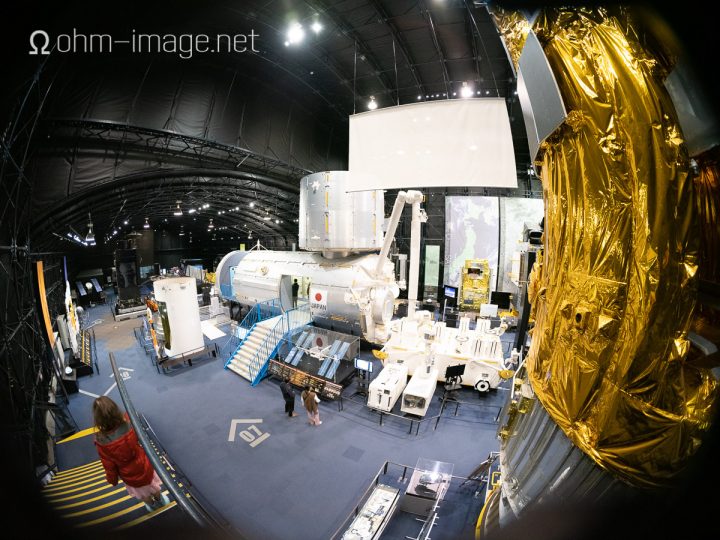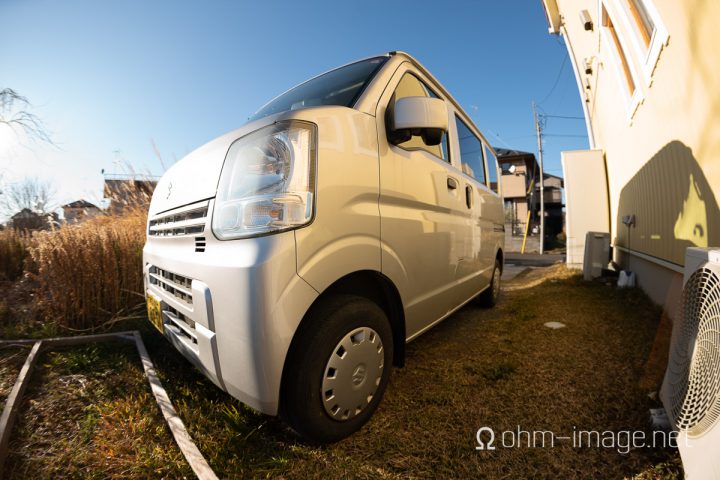Review of TTArtisan 11mm F2.8: a Fisheye for your Fujifilm X and GFX
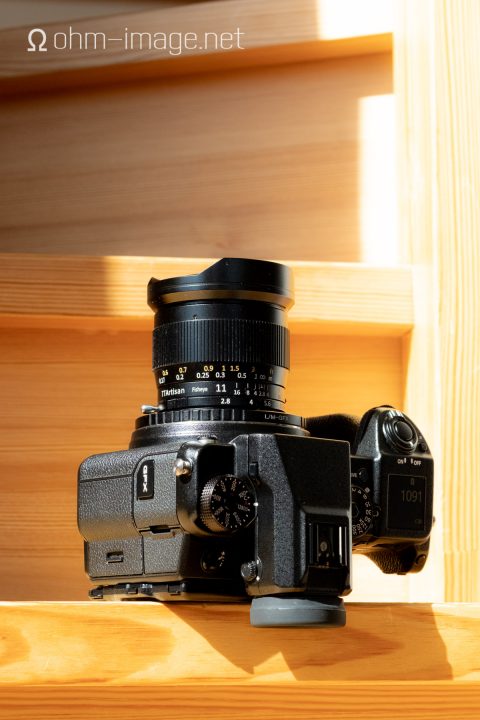
Hi, I’m Nathan.
I’ve written here before. I’m a still life advertising and event photographer based in Japan. I do weddings, embassy powwows, corporate events, audiophile meet-ups, and shoot everything from jewellery to headphones. If you want to see, read, or listen to my opinions on lenses, cameras, and audio doo-dads, by all means hit me up at my blog: ohm image, and my YouTube channel: Fauxtaku Lounge.
Disclaimer: TT Artisans sent this lens to me for the purposes of review both here and at YouTube. I paid nothing for it. It goes for 255$ USD and can be found here. Many thanks TT Artisans for the opportunity.
The video portion of this review along with a different selection of photos and short videos can be seen in this video: TTArtisans 11mm f2.8 fisheye on Leica M10 Fujifilm X-T3 and GFX
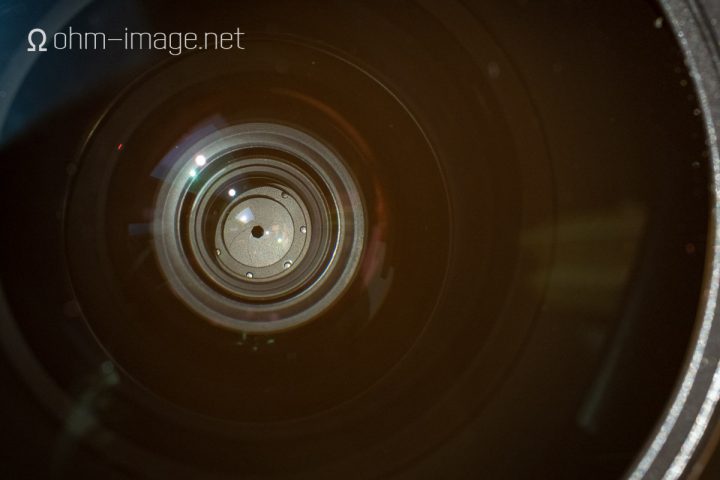
Let’s clear the air: I’ve never before used a fisheye lens. In fact, so lost and daunted was I by the prospect of using one that time and time again I delayed publishing this review. Prior to it arriving I boned up on how to shoot a fisheye lens. Hints came from the general internet as well as from the comments section of Fauxtaku Lounge. I’m still not confident that the examples I shot really get the picture across, but I hope I’ve learned a thing or two and that this review will help someone. Thanks to everyone for the advice and help.
Whatever the limits of my abilities, the fun-factor of using a fisheye is unlimited. This bad boy covers 180º, with a bright 2,8 maximum aperture. Talk about fun. I’m sure loads of you out there know what it’s like to shoot fisheye lenses. Move a little and the entire frame changes. Sag a shoulder slightly and the horizon bolts down. Because it covers 180º and does the bulbous fisheye thing, you have to remember a few things:
- Mind your fingers and feet – it is easy to get either in the frame.
- If you don’t want an object to distort like a magnifying glass held at arm’s length, keep that object in the middle, and small in the frame. Objects around it will bend, but the subject will remain largely planar. If you must, you can correct much of the fisheye business in post.
- Try a million angles – what usually looks cool won’t be as cool through a fisheye if shot normally. Go with unfamiliar angles and themes when shooting and you will uncover a totally new world.
Build quality
While Artisans’s 35/2 fairly impressed me, the 11/2,8 is tighter still. Its focus ring turns on a hermetic helical over 90 degrees, that, considering the view angle, is enough to achieve accurate focus from infinity to 0,17 metres. In comparison to a classic Voigtlander, or Leica, the twisting action is positively sandy, but next to a number of twenty year old Zeiss lenses, not to mention loads of lenses from China and Russia, it is perfectly acceptable.
I can’t go melty about the lens’s aluminum barrel. Or its cheap, impact-printed typography. The latter is par, and the former is part of almost every cheap lens out there. That said, the barrel is solid and weighty, and clicks firmly onto the mount like a more expensive lens. And while slightly sandy, its helical rotates easily enough that it won’t cause the lens to wobble on the mount or quality adapter.
The built in hood sits like a lazy battlement above the glass, and apart from a bit of barrel occlusion, appears to be the only thing that really gets in the way of the image on sensors larger than 35 x 24. Also being aluminum, it is strong enough to prop up the lens and camera.
Haptics and handling
It also easy to use. Its tight helical makes precise focusing a breeze. And, despite focusing really close, focus travel from infinity to 0,17m (a mere 90º) is ample. A single spoke denotes the position of the aperture ring. I’m not enough of a video guy to be able to say so, but I can repeat what real video guys say: the click-less aperture is good for video.
I don’t know. I really don’t. As a photo guy, I miss the clicks, which I can count up or down from both ends, to determine the approximate aperture by feel. But either way works.
Unlike the 35/2, its flocked lens cap sits solid on the barrel. Without enough force to break the NAP, it neither slips off nor rotates. The entire lens fits in the palm of a large hand, or the palm and then some of a metrosexual hand. And, as we will see later, it houses quality glass.
The bad news begins when you mount it on an M. TT Artisans left out rangefinder coupling. Therefore, if you have a film M, or a CCD digital M, you’ll have to guess your way to focus along hyperlocal lines. Even if your M does the live view or EVF thing, it renders the included framing finder pointless, not to mention, relies on the digital M’s terrible live view system. Yes, I understand that its field of view is too wide for the M’s focus/framing window. Yes, I understand that, as a super wide-angle fisheye lens, most things are in focus anyway. But a lens made for a mount should support the most basic function set of that mount. I am disappointed.
Add to that the following problem: I no longer have the accessory EVF. I hated using it. The M’s live view is pants, going too fast to jello, slowing way down in low light, and getting in the way of other, more important accessories.
As a result, I find it much better to use ground-up mirrorless cameras. Because it covers a larger circle than FF, I paired it most often with a GFX50s and X-T3, though I did my best to use it with an M10.
Image quality
As long as you can keep the horizon flat, and keep focus in the centre of the frame, this lens is sharp. The edge of the frame is fraught with softness, colour smears, and vignetting, but nothing that a little stopping down doesn’t mostly fix. And, nothing that users of ultra wide angle lenses aren’t used to anyway.
Like many good super wide angle lenses, its image circle is bigger than its intended format. If you could hack away its petal hood, you’d net an 20-30% coverage. But I’m not about to try that. Even without going Kevorkian, it is possible to cut out a good cinematic strip from the centre of a GFX capture.
This lens is contrasty, and even at maximum magnification, sharp. However, if you put a bit of extension under it, it goes a soft when focused closer than MFD spec. Through a decent viewfinder, or whilst using good focus aids, it is possible to keep up with slow-moving subjects. But no manner of sharpness or contrast will allow you, me, or anyone, to quickly and reliably focus this lens on a mirrorless camera. Why? Despite its relatively fast maximum aperture, it is too wide, showing little separation between adjacent or close subject elements through an EVF. Because of this, it is hard to suss what is in or out of focus through an EVF. Focus peaking doesn’t help. And even the floating magnified window of an X-T3 or GFX doesn’t reveal enough separation to accurately focus. Therefore, I relied on the procedure of frame/magnify/focus/re-frame before shooting anything that wiggled.
Proper rangefinder focusing would make all of this simpler, at least on an M, whose EVF and live view are stuttery messes. Other mirrorless cameras fare better, but not better enough to ensure reliable focus speed and accuracy. Yes, zone focusing works fine. Yes, stopping down yields deep focus. But none of that is as accurate or fast as focusing through a discrete rangefinder.
At close focus distances and wide apertures, backgrounds can be fairly obliterated. This bokeh action begins from the centre, and flashes out, like a firework exploding. Personally I prefer bokeh styles that compress as they run toward the centre, but I doubt anyone will buy this, or any super wide angle or fisheye lens, primarily for its bokeh. Still, what it throws out of focus looks good.
As far as I can tell, this lens only barely breathes from far to close focus, which, if I were a proper video guy, I might praise. And TT Artisans’s coatings do a good job of keeping good contrast even when the lens is pointed into or near bright, sunny objects. Yes, this lens will flare. But no, it won’t wash out to oblivion. At acute angles with back light, highlights bloom with smeared internal detail, but even then, quality images are a breeze to capture.
As for my samples, I did the best I could with the limited knowledge of fisheye photography I have. I even broke out the tripod and light painted the inside of my wife’s car. It’s a shame the outsides are: a dirty workbench, a tarped-up water pump, and some weeds. I’d love to hear your feedback.
End words
All of the above is a roundabout way of saying that this lens is fun to shoot. If it were up to me, it should have rangefinder coupling. It’s not, and this bad boy goes for 255$ USD, which is a steal, especially considering how sharp it is and how big of an image circle it shows to the world. I hope this review was helpful. I’ll see you in the comments.




